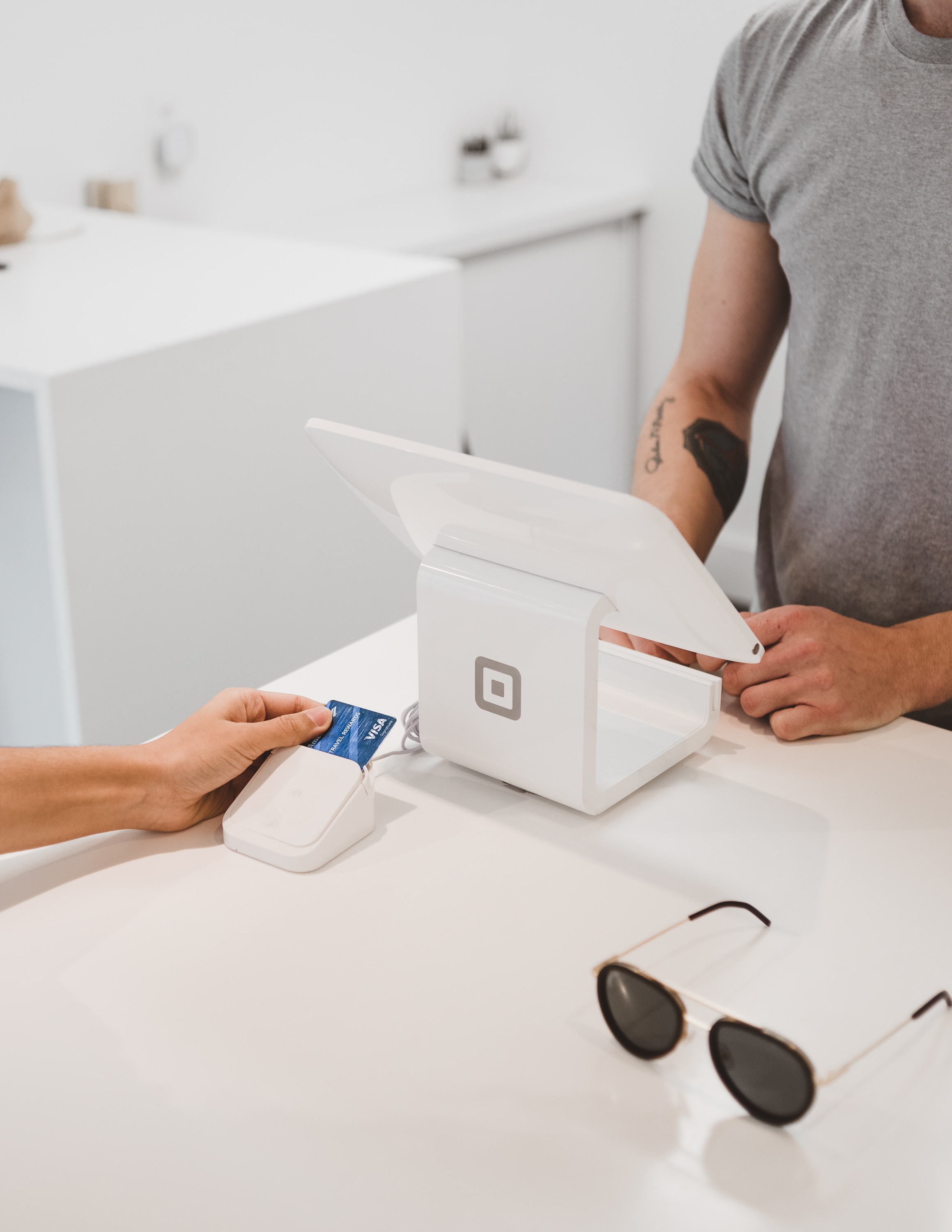When forming your own company, you have a lot of decisions to make. One of…
Everything you need to know about accepting credit card payments

As a small business owner, accepting a credit card payment from your customers can make or break who does a transaction with you. Credit card processing can be tricky for companies of all sizes, but especially for small businesses.
Here is a quick guide for small businesses accepting credit cards.
Why Accepting Cards Is a Necessity Today
If you want to stay relevant in today’s paperless culture, accepting payments via card is pretty much a requirement. Consumers today are using credit cards more than ever before. In fact, according to a study by JP Morgan Chase, 73% of buyers said their purchasing decisions are influenced by whether a company accepts plastic payment.
How Will My Business Benefit from Accepting Credit Cards?
Taking cards makes it easier for consumers, but how does it help the business?
Increase Cash Flow and Safety
To begin with, the company gets paid faster. Using the old school method of checks or cash requires manual tasks like submitting an invoice or tracking down a person to collect money. With credit cards, payment is received much quicker. Plus, the owner doesn’t have to keep up with a wad of cash, decreasing the likelihood for theft.
Grow Customer Base and Revenue
Businesses only accepting cash or check are definitely missing out on potential revenue. By giving this option to customers, businesses can expand their customer base and consequently, their revenue.
An Intuit study found that businesses grew their revenue by 83% when they started offering card payment options. Of the companies surveyed, over half (52%) saw an increase in $1,000 per month, and 18% experienced $20,000 in monthly growth. The uptick in revenue is worth the initial challenges that come with setting up electronic payment processors.
Improve Customer Convenience
Whether you’re accepting debit cards, credit cards, or both, you are certainly making your customers’ lives easier when they do business with you. A 2018 survey by creditcards.com found that 80% of consumers prefer to pay with card and only 13% choose to pay with cash.
Customers can quickly and easily remove a card, swipe or insert it, and go about their day. A cash transaction requires manual counting and digging for change. Although this “labor” seems trivial, the convenience of a quick swipe is by far the preferred method for consumers today.
What Are My Credit Card Processing Options?
Once you’ve okayed the idea of accepting credit cards, you have to decide which method you want to implement. You have a few options: a terminal, a merchant account, or a payment processor. Let’s break down each of these.
Credit Card Terminal
This is the most frequently used processor. It’s the piece of hardware that consumers interact with, either swiping or inserting their card, to complete their transaction at the point of sale. Although they’re common, they don’t come without their challenges.
If your company travels to various events, conferences, or festivals, a terminal isn’t the best option since they aren’t exactly mobile. They’re typically stationed at the point of sale. For companies that are mobile, you may want to consider a different or additional processing hardware so you can accept payments outside of your office or storefront.
Merchant Account
This type of processor is actually a bank account for the business. The company makes an agreement with a bank and payment processor method so they can accept credit card or debit card transactions.
When a customer makes a payment, the money is first deposited into the merchant account and then it’s transferred to the business’ bank account. The transfers typically happen on a daily or weekly basis. It’s also important to note that merchant accounts come with set up, monthly, and transaction fees – ones that may not be worth it for smaller businesses or ones that don’t have a high volume of online transactions.
Third-Party Processor
This all-in-one option, sometimes called a payment facilitator, allows businesses to accept payments online without having a merchant account. Put simply, third-party processors help small businesses bypass the fees and complicated process of setting up a merchant account.
Unfortunately, though, this type of processor is more prone to data breaches and is less secure than the other options. If your business wants to use a third-party processor, find one that offers the highest quality encryption security available.
No matter which processing option you go with, your customers’ experience will be much more enjoyable and seamless if they can pay with plastic. Choose an option that makes sense for your business size and number of transactions, then be sure to have clear signage for which credit and debit cards you accept.
Starting at just $9.95 a month!
LIFE IS CALLING. ALWAYS ANSWER.
Try Ninja Number free for 7 days. Instant activation – no contracts, and all features included!
We guarantee that Ninja Number will help grow your business. If you don’t believe Ninja Number can help grow your business and make more money, just cancel your service and that month’s payment is on us!!




